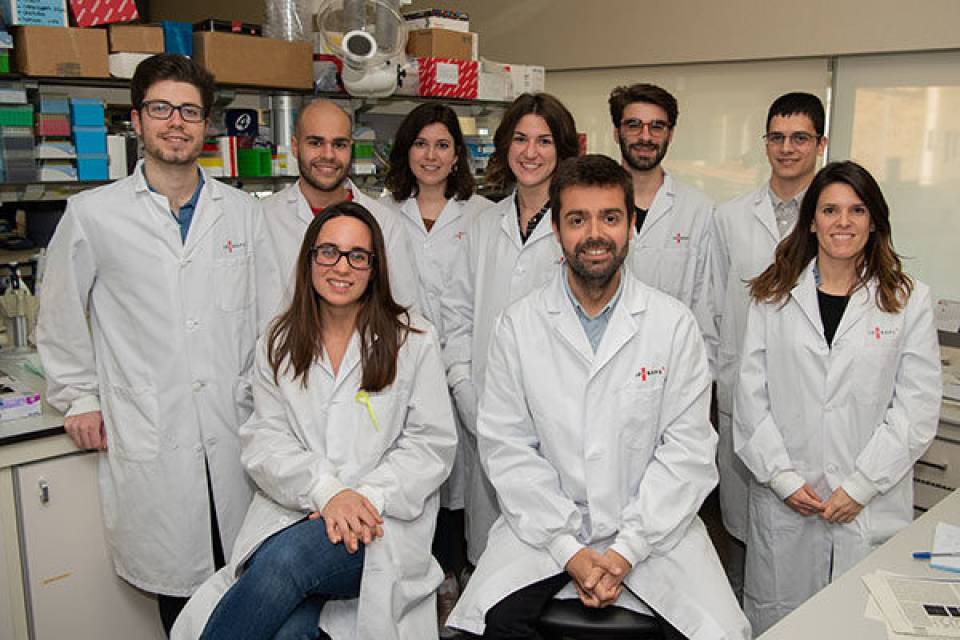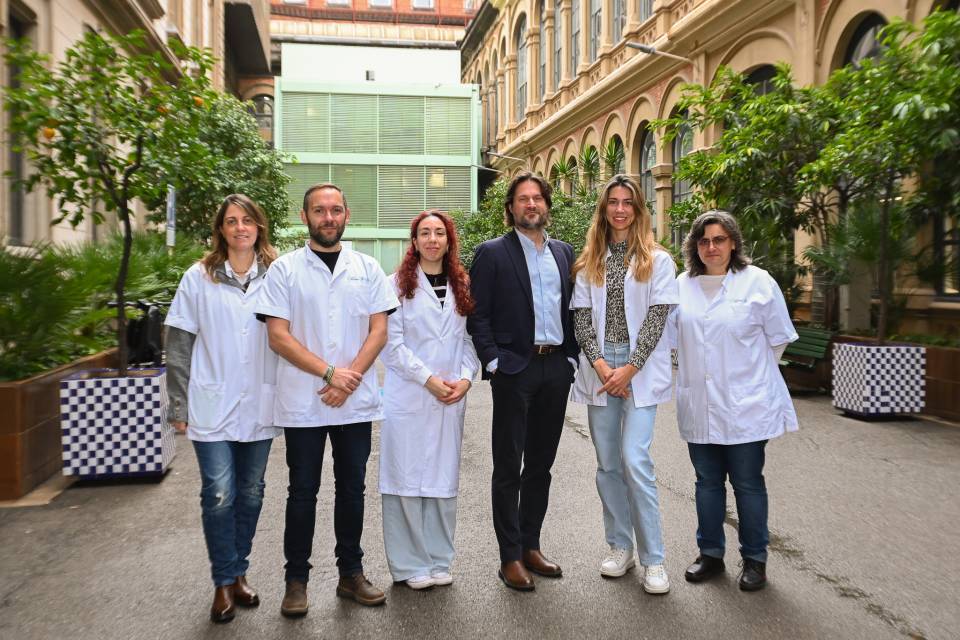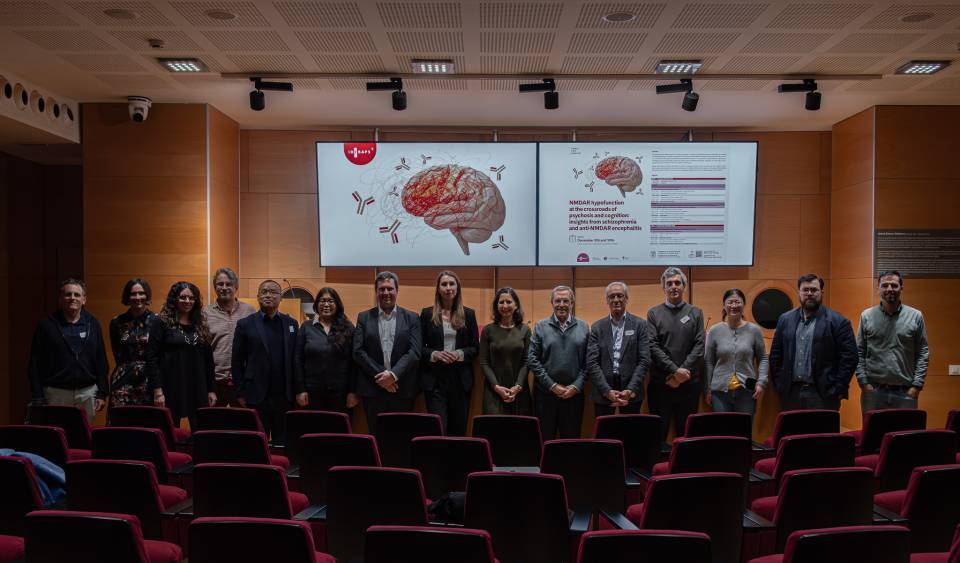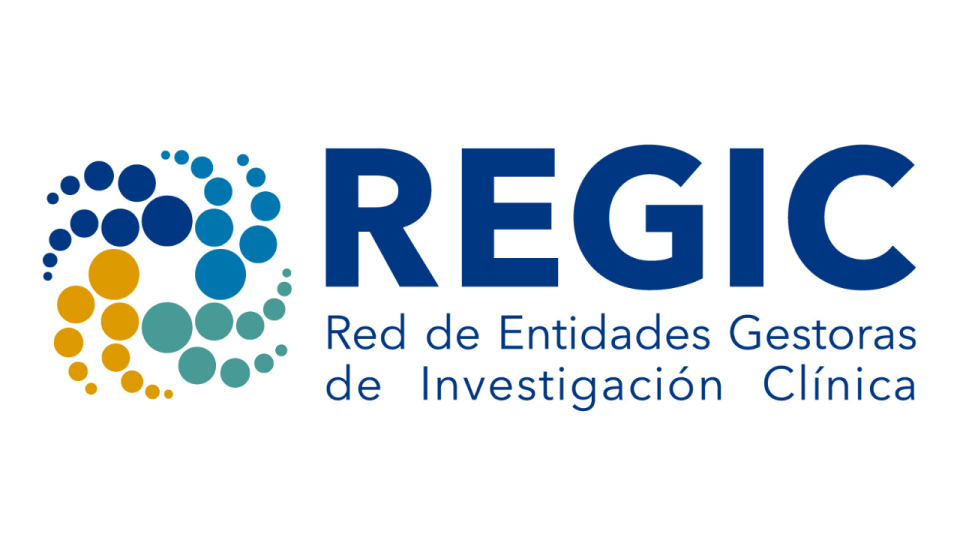The studies were coordinated by Jordi Gracia-Sancho, head of the Liver Vascular Biology Research Group at IDIBAPS and researcher at CIBEREHD, and the first authors are Raquel Maeso-Díaz and Diana Hide, researchers from the same group.
Societies in developed countries are getting older due to the increase in life expectancy. Indeed, 14% of European citizens are over 65 and it is expected that in 2030 this percentage will reach 23%. The population's aging pace represents a key issue at the health level, so it is essential to understand the molecular basis to identify possible targets for the development of therapeutic interventions.
Aging is associated with a physiological decline in most organs, nevertheless little is known of liver’s status in conditions of old age. Previous studies have described that there is a loss of organ mass, a decrease in blood flow and an activation of some of the cell subtypes, but the underlying molecular mechanisms have not been analyzed.
Understanding the molecular differences between the liver of young and old people
In a study published in the journal Aging Cell, researchers have intensely described the liver - liver sinusoid, different cell types and hepatic microcirculation - in old animal models in healthy conditions. In addition, the identified changes have been validated in liver samples from young and old people.
The study shows, for the first time, that healthy aged rats exhibit elevated vascular resistance, which causes a worse perfusion of the liver and an increase in portal pressure. "This is caused by several molecular changes in the liver sinusoidal cells, along with the deterioration in the function of hepatocytes, the main liver cell type" explains Jordi Gracia-Sancho, director of the study. "These findings suggest that aged livers would be more vulnerable to chronic or acute damage" he adds.
The influence of aging on liver diseases
Two studies coordinated by the same group have deepened the impact of aging on two liver diseases: advanced chronic liver disease, and in particular cirrhosis, and damage to ischemia-reperfusion, which is the damage caused when it diminishes and restores the sanguineous irrigation of the liver, usual during surgical procedures.
In the work published in the journal Aging and Disease, the researchers have characterized the differences between young and old fetuses in the context of advanced chronic liver disease, which affects 844 million people worldwide. The study comprehensively analyzed the status of livers from young and old rats with cirrhosis, and evaluated the molecular signature of liversfrom young and old patients with the disease.
The results show that older animals develop a much more severe form of chronic liver disease than young people. "Both liver fibrosis and portal hypertension are more serious in older animals due to profound changes in the different types of liver cells," explains Raquel Maeso-Díaz. The same happens when cirrhosis is compared in young and old people: the molecular signature of the disease is different and its course is much more severe the older the patient is.
On the other hand, in a study published in the Journal of Gerontology, they evaluated the effect of aging on liver ischemia-reperfusion injury. They have shown that the hepatic endothelium of older animals is more vulnerable to damage than young. "The use of preventive strategies is essential to minimize the injury to the liver in this sub-population of individuals," explains Diana Hide, the first author of the study.
"The incidence of advanced chronic liver disease increases drastically with age. However, most preclinical studies aimed at understanding this problem have been performed in young animals, while clinical studies with drugs include elderly patients" explains Jordi Gracia-Sancho. "Our studies demonstrate that aging, in the context of liver disease, activates additional molecular mechanisms from those observed in young individuals. Considering that the age of patients with chronic liver disease is increasing, we must reconsider the models used to investigate these diseases, as it would be possible to develop more effective therapeutic strategies" concludes.
References:
Effects of aging on liver microcirculatory function and sinusoidal phenotype. Maeso-Díaz R, Ortega-Ribera M, Fernández-Iglesias A, Hide D, Muñoz L, Hessheimer AJ, Vila S, Francés R, Fondevila C, Albillos A, Peralta C, Bosch J, Tacke F, Cogger VC, Gracia-Sancho J. Aging Cell. 2018 Dec;17(6):e12829. doi: 10.1111/acel.12829. Epub 2018 Sep 8.
Ischemia/reperfusion injury in the aged liver: The importance of the sinusoidal endothelium in developing therapeutic strategies for the elderly. Hide D, Warren A, Fernández-Iglesias A, Maeso-Díaz R, Peralta C, Le Couteur DG, Bosch J, Cogger VC, Gracia-Sancho J. J Gerontol A Biol Sci Med Sci. 2019 Jan 14. doi: 10.1093/gerona/glz012
Aging Influences Hepatic Microvascular Biology and Liver Fibrosis in Advanced Chronic Liver Disease. Maeso-Díaz R, Ortega-Ribera M, Lafoz E, Lozano JJ, Baiges A, Francés R, Albillos A, Peralta C, García-Pagán JC, Bosch J, Cogger VC, Gracia-Sancho J. Aging and Disease. 2019. doi: 10.14336/AD.2019.0127




